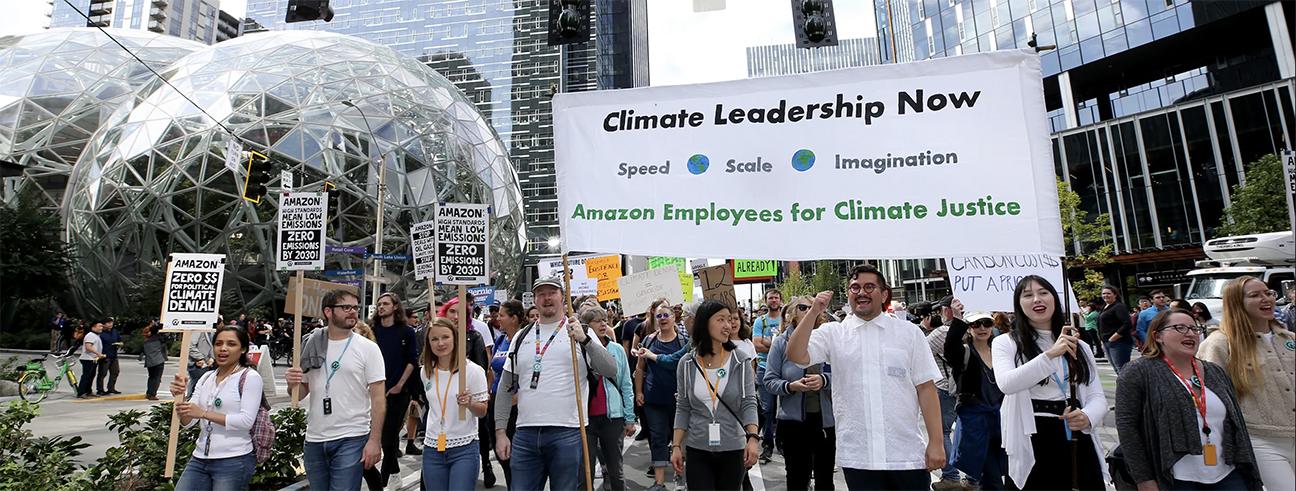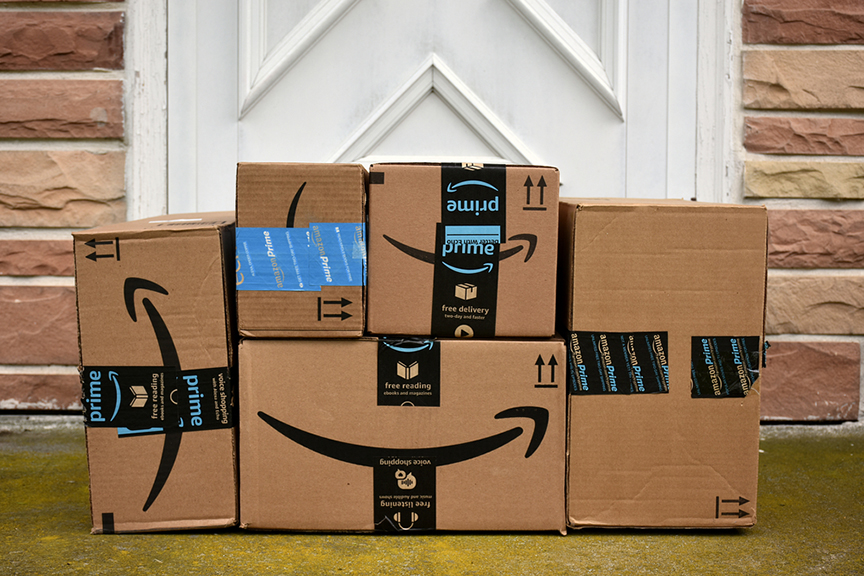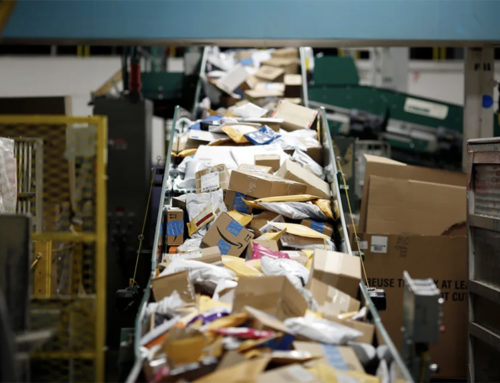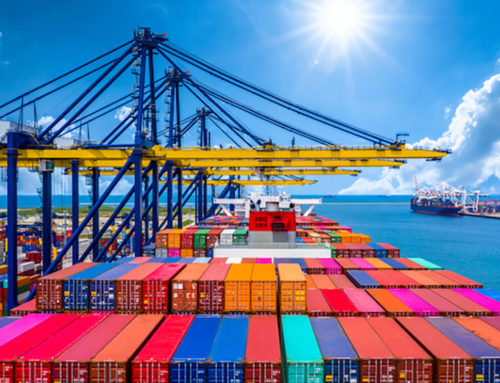The “Amazon Effect” is a term used to describe the wide-ranging impact that the e-commerce giant Amazon.com has had on the retail industry and various aspects of the economy. This phenomenon encompasses several key elements:
- Disruption of Traditional Retail: Amazon’s rapid growth and dominance in e-commerce have disrupted traditional brick-and-mortar retail. Physical retailers, especially those in sectors like books, electronics, and consumer goods, have faced intense competition and, in many cases, declining sales due to Amazon’s online presence.
- Consumer Expectations: Amazon has set new standards for customer expectations when it comes to online shopping. Consumers now expect a seamless, convenient, and fast shopping experience with features like one-click ordering, fast shipping, and a vast selection of products.
- Price Transparency: Amazon’s pricing model, which often includes competitive and dynamic pricing, has increased price transparency across the retail industry. This means that consumers can easily compare prices across different sellers, leading to more informed purchasing decisions.
- Logistics and Shipping: Amazon’s investments in logistics and distribution, along with services like Amazon Prime’s two-day and one-day shipping options, have raised the bar for speedy and efficient delivery. This has put pressure on other retailers to improve their own delivery services.
- Marketplace Platform: Amazon operates as both a retailer and a marketplace platform where third-party sellers can list and sell their products. This has allowed small businesses to reach a global audience but has also raised concerns about competition and counterfeit products.
- Innovation and Technology: Amazon has been at the forefront of innovation in areas such as cloud computing (Amazon Web Services), artificial intelligence (Alexa), and automation in warehouses (robotics). These innovations have not only transformed Amazon’s own operations but have also influenced other industries.
- Data-Driven Insights: Amazon collects vast amounts of customer data, which it uses to personalize recommendations and enhance the shopping experience. This data-driven approach has become a model for personalization in e-commerce and other sectors.
- Market Capitalization and Investments: Amazon’s market capitalization and financial resources have allowed it to invest in new ventures and industries beyond e-commerce, such as entertainment (Amazon Prime Video), healthcare (Amazon Pharmacy), and grocery (Amazon Fresh).
- Impact on Suppliers: Suppliers and manufacturers have been affected by the Amazon Effect as well. They often need to adapt to Amazon’s requirements and may face pressure to offer competitive prices and fast shipping to remain Amazon’s preferred partners.
- Antitrust and Regulatory Scrutiny: Due to its market power and influence, Amazon has faced regulatory scrutiny and antitrust concerns. Governments around the world are examining whether Amazon’s practices raise competition issues.
In essence, the Amazon Effect refers to the transformative and disruptive influence that Amazon has had on how consumers shop, how businesses operate, and how markets evolve. It has reshaped the retail landscape and continues to impact various industries, making it a significant force in the global economy.

The Amazon Effect, while having brought significant changes and conveniences to the retail industry and consumers, however, has also raised concerns and had negative implications for sustainability and the environment:
- Emissions and Transportation Impact: One of the most substantial environmental downsides of the Amazon Effect is the increase in carbon emissions and environmental strain due to expedited shipping practices. Amazon’s commitment to one-day and two-day shipping has led to a surge in transportation, including more delivery vehicles on the road and increased air freight. This has contributed to higher greenhouse gas emissions and air pollution, which can have detrimental effects on the environment and public health.
- Packaging Waste: Amazon’s emphasis on fast shipping has resulted in a higher volume of packaging materials, including cardboard boxes, bubble wrap, and plastic packaging. This not only generates excessive waste but also places a burden on recycling and waste management systems. Many Amazon packages are shipped in oversized boxes, leading to inefficient use of resources and more material going to landfills.
- Waste from Returns: The convenience of online shopping also encourages more product returns. Returns result in additional transportation emissions and can lead to a significant amount of waste, as returned items often cannot be resold as new. These items often end up as unsellable inventory, contributing to landfill waste.
- Data Centers and Energy Use: Amazon’s massive data centers, which power its cloud computing services (Amazon Web Services), consume vast amounts of energy. While the company has committed to using renewable energy, the sheer scale of its operations means that its data centers still have a significant carbon footprint.
- Consumer Behavior: The Amazon Effect has shaped consumer behavior, encouraging a culture of convenience and instant gratification. This can lead to overconsumption and unnecessary purchases, as it’s so easy to order products with just a few clicks. This consumer behavior can contribute to resource depletion and environmental degradation.
- Impact on Local Retailers: Amazon’s dominance has led to the closure of many local brick-and-mortar stores, which can result in urban blight and increased reliance on transportation to reach distant retail centers. This can lead to more traffic congestion, longer commutes, and ultimately, higher emissions.
- Limited Sustainability Initiatives: While Amazon has made some commitments to sustainability, such as the “Climate Pledge,” critics argue that these initiatives don’t go far enough to offset the environmental impact of its core business operations, especially the rapid shipping model.
- Resource Extraction and Supply Chain: The demand for consumer goods on Amazon can contribute to resource extraction and supply chain practices that may not always prioritize sustainability. The production of many products may involve deforestation, habitat destruction, and resource depletion.
The Amazon Effect, with its focus on convenience and rapid delivery, has had detrimental effects on sustainability and the environment. It has led to increased emissions, packaging waste, and changes in consumer behavior that may not align with long-term environmental conservation goals. Addressing these environmental challenges while maintaining the convenience of online shopping will be crucial for Amazon and the broader e-commerce industry to mitigate their negative impact on the planet.






